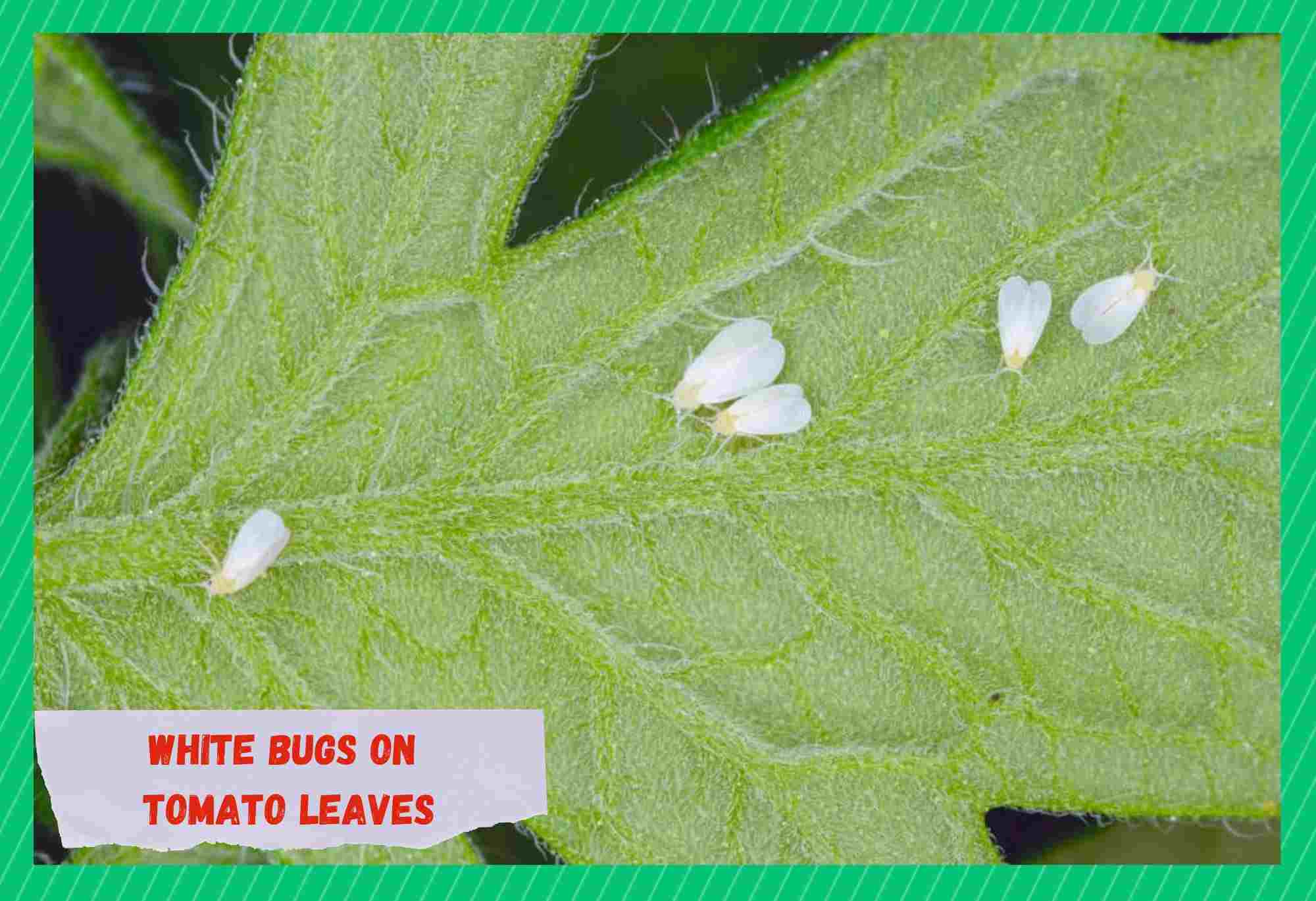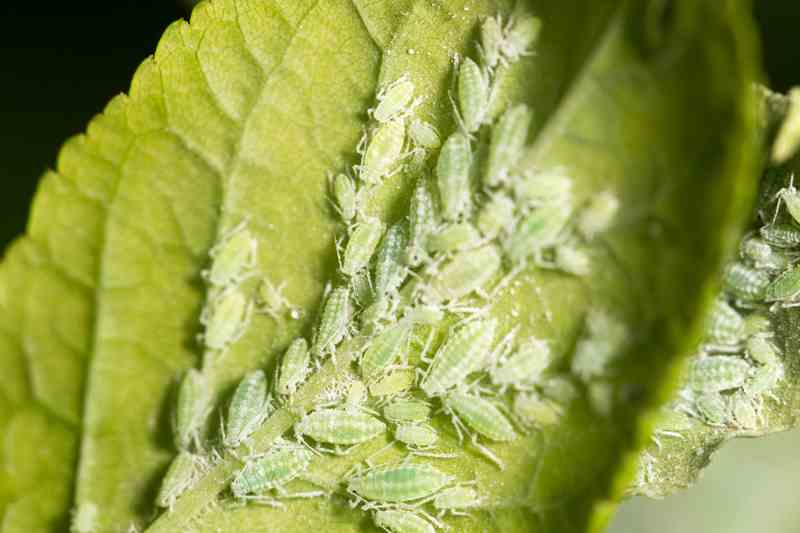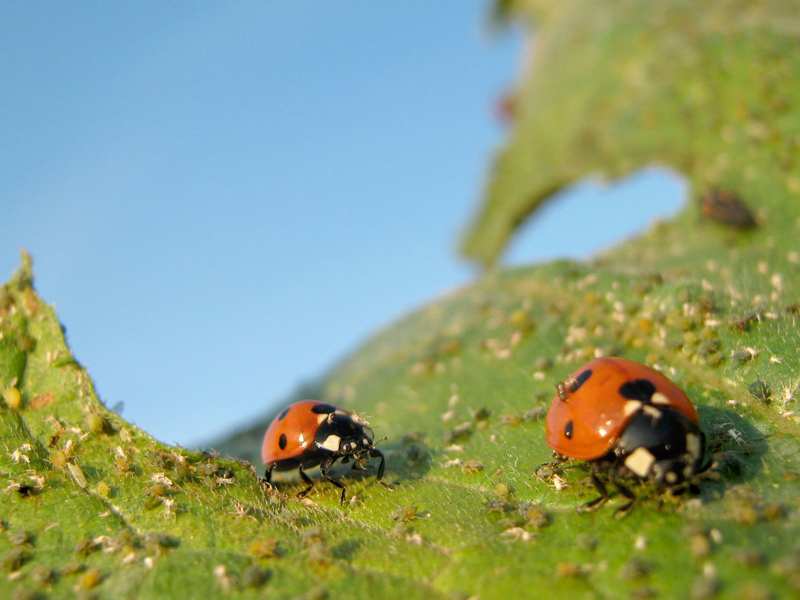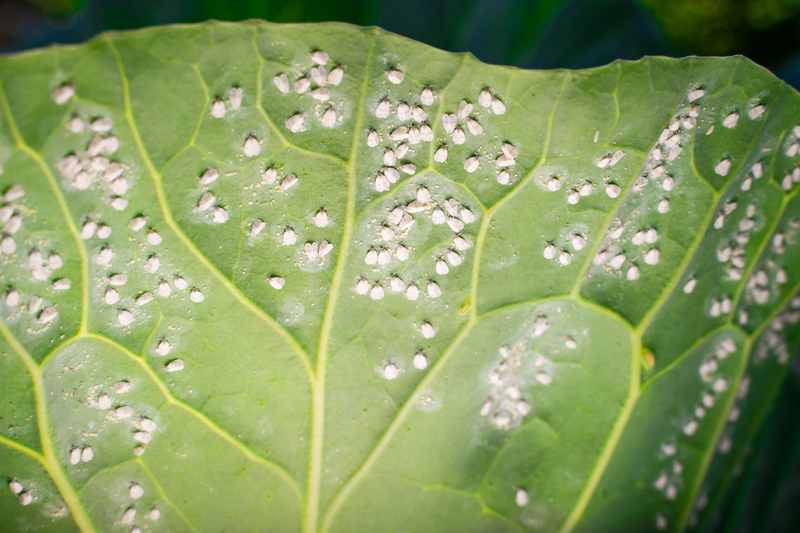
Tomato is an edible fruit that belongs to the Solanaceae family of plants. Its widely grown varieties include cherry tomato, Brandywine, and better boy.
Although its color varies greatly depending on the variety, most tomatoes are red and have a round shape. It is a staple in many dishes and is also eaten raw. The tomato plants can grow up to 10 feet and have weak woody stems.
Tomatoes are choke-full of nutrients and offer amazing health benefits to those who consume them. For starters, they are a great source of lycopene, a substance that protects your cells and boosts your immune system.
Various studies have revealed that this substance can fight cancer and heart diseases. In addition to that, they have nutrients that improve your eyesight and benefit your lungs.
With that out of the way, if you are growing tomato plants in your yard, you might have noticed white bugs on their leaves. White bugs are a headache for all landscapers as tomato plants are susceptible to these bugs. If not controlled, they can destroy your plants and the fruits.
So, what are those white bugs on tomato leaves, and more importantly, can they harm your tomato plants? If yes, how to get rid of them? In this article, we will discuss everything you need to know about white bugs on tomato leaves. Let’s dig out!
White Bugs On Tomato Leaves
Below are some common white bugs found on tomato leaves.
Aphids
Also known as greenfly and blackfly, aphids are tiny insects from the Aphidoidea family of insects. They feed on the sap and have long, slender mouths that they use to pierce the leaves of your tomato plants.
They have over 1400 species and can be of many colors depending on the specie, including green, black, white, and more.
Appearance
This makes them hard to identify, especially if you are dealing with them for the first time. However, they become stationary after infesting your tomato plants.
So, you can use a magnifying glass to identify them accurately. Both winged and wingless species of aphids have been discovered. Apart from tomato plants, these bugs can attack other plants, too, including cucumber, squash, pumpkin, etc.
The reproductive capabilities of aphids make them even more deadly. A female aphid can live for up to 25 days and can produce up to 80 aphids during her life. They can even produce offspring asexually, which means they do not need males to reproduce.
Activity
Young aphids are called nymphs, and they start to suck out the fluids from the leaves of tomato plants straight away, stunting their growth and causing deformation. Fully developed tomato plants can survive their attack, but if your plants are in infancy, aphid attack can lead to their death.
Aphids harm your plants in more than one way. Not only do they suck out fluids from your plants, but they also secrete a substance called honeydew on the leaves and stems.
This substance encourages the growth of mold. While mold is usually harmless at low levels, it can cause all sorts of problems for your tomato plants when it grows.
Mold growth has often been linked to root rot. Tomato plants suffering from root rot cannot absorb water properly from the soil, which ultimately leads to dehydration. In addition to that, mold also affects the air quality in your home.
If there are too many aphids on the leaves of your tomato plants, they will eventually curl and turn yellow. If not taken care of, the tomato plants may die or start dropping leaves excessively.
For a plant grower who has worked hard to grow and maintain tomato plants, this sight is no less than a nightmare. This is why it is important to eliminate aphids before they damage your tomato plants beyond repair.
How to Control Aphids?
It would be a good idea to place traps near your tomato plants to prevent aphids from attacking them. Some gardeners recommend releasing predatory insects, such as ladybugs and lacewings, in your garden to get rid of aphids.
Furthermore, it would be better to check your tomato plants on a regular basis to detect aphid activity in time.
As mentioned earlier, aphids are tiny bugs, and if you do not keep a check on your plants, aphids can grow on their leaves and stems. So, take a look at the shoots, buds, stems, and underleaves. Moreover, if you notice any mold or fungus growth on your plants or soil, it could be a sign of an aphid attack.
Whiteflies
Whiteflies are another white bug that can infest the leaves of your tomato plants. When it comes to tomato plants, many gardeners fear whiteflies. These bothersome bugs can cause many problems to your tomato plants and are more common than you think.
Appearance
The first step in eradicating whiteflies is identifying them. It is important to know who you are dealing with so that you can act accordingly. Whiteflies are soft-bodied bugs usually found on the underside of the leaves. They are usually 1.5-2.5 mm in size and resemble small moths.
Activity
Their activity is closely related to aphids as they also release honeydew. Like aphids, they also suck the sap out of the leaves, leaving them prone to diseases. They may be tiny, but they attack plants in numbers and destroy them in no time.
How to Control Whiteflies?
Using an insecticide is an effective way to get rid of whiteflies. An insecticide is a chemical used to control plant pests. It is widely used to kill whiteflies and is readily available all over the world.
Most insecticides need to be mixed with water before application. Remember that they have harsh chemicals, and if not diluted, they can harm your tomato plants.
Therefore, refer to the product instructions and dilute it accordingly. They are usually applied with a handheld pump sprayer as it ensures precise application. And yes, if you are using an insecticide for the first time, it would be better to seek help from a botanist.
Pruning is also helpful when it comes to whitefly prevention. Prune all the infested leaves where you see whiteflies activity to make sure they don’t spread to other parts of your tomato plant.
Landscapers recommend inspecting and pruning your tomato plants at least once a week to prevent these bugs from spreading.
The Bottom Line
Tomatoes provide your body with many beneficial nutrients and protect it from a variety of diseases. Aphids and whiteflies are the common white bugs that infest tomato leaves.
Both feed on the juice of the underside of the leaves and release honeydew that attracts mold and other insects. Inspect your tomato plants regularly and prune the infested leaves to prevent bugs from spreading.






